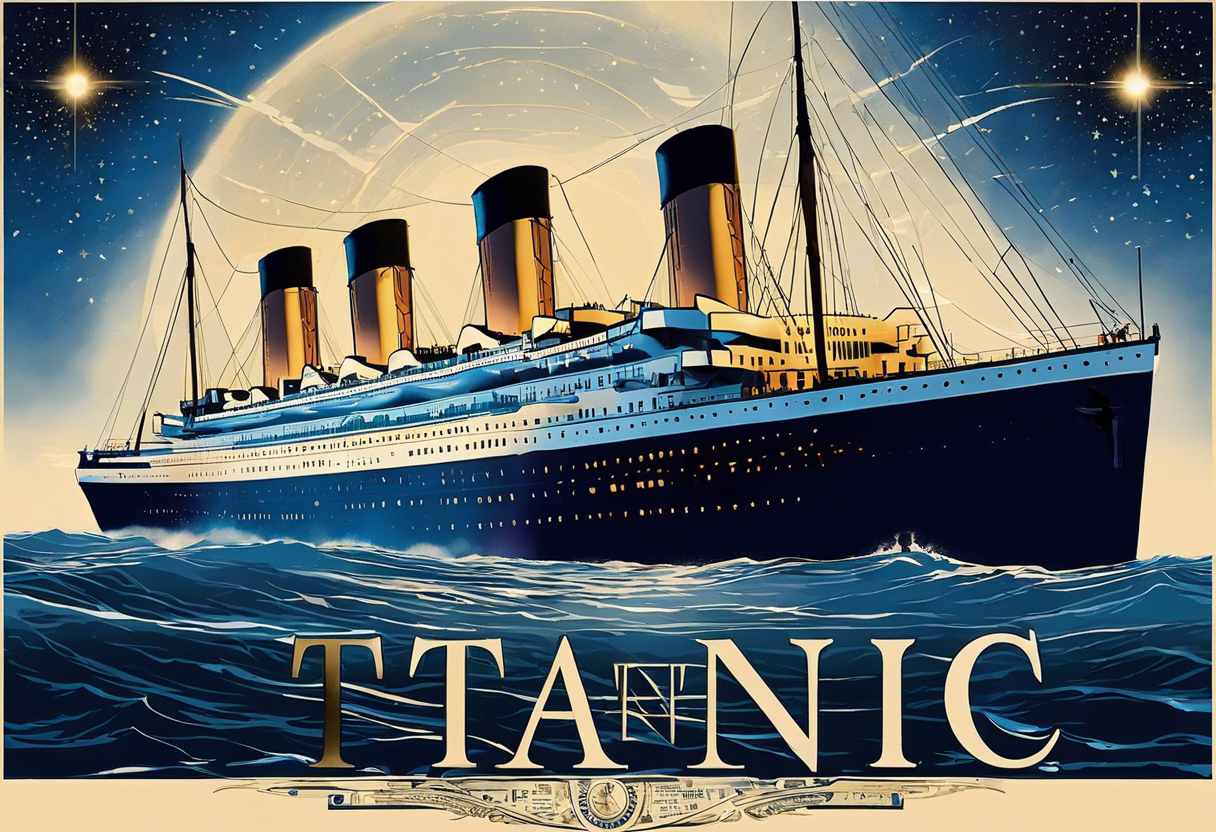Lessons We Can Learn From RMS Titanic That Sank on 15th April, 112 Years Ago
The RMS Titanic sank on April 15, 1912. Till that time it was the largest manmade moving object created by human hands.
It was a complete recreation area, featuring amenities such as a gymnasium, swimming pool, Turkish bath, squash court, and even its own printing press where the Titanic’s own newspaper was published.
This was the Titanic, the giant of its time! A symbol of human greatness! A masterpiece of intelligence, skill, and hard work!
A symbol of wealth and technology! A pinnacle of progress! The RMS Titanic.
1-Confidence is a fine trait but overconfidence isn’t.
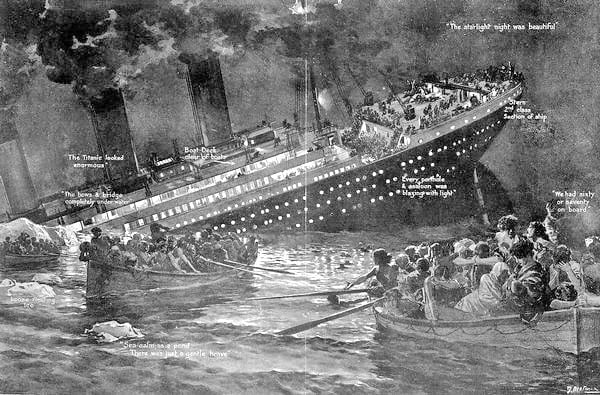
The creators of the Titanic were proud of their creation and so confident in its success that during its unveiling ceremony, when a journalist asked why there were so few lifeboats on such a large ship and what would passengers do in case of an accident? The officer responded with arrogance and disdain,
“Even God couldn’t sink the Titanic!”
This challenge from man to the Almighty was answered in such a way that within days of its maiden voyage, the Titanic collided with a massive iceberg, and this symbol of human strength, greatness, progress, and advancement sank into the depths of the sea, along with all its splendor and glory, in just four hours.
2 . Inner strength is more important then exposure .
There were 20,000 bottles of beer, 1,500 bottles of wine, and 8,000 cigars on board. Every day, 600 tons of coal were burned on the ship. There were 176 people employed to shovel coal into the furnace, and 100 tons of ash were dumped into the sea daily.
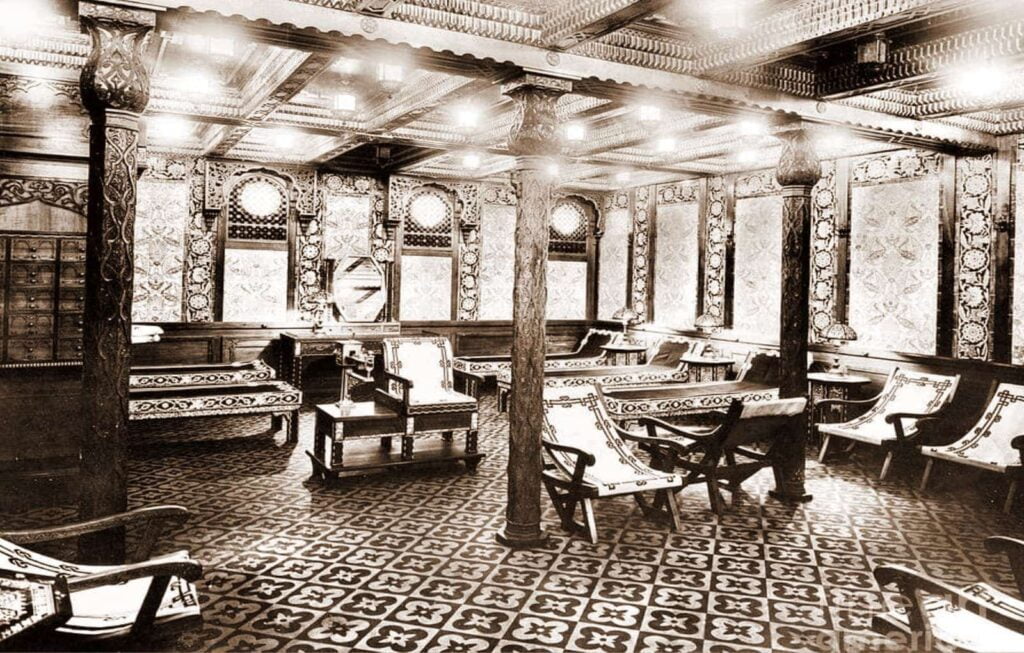
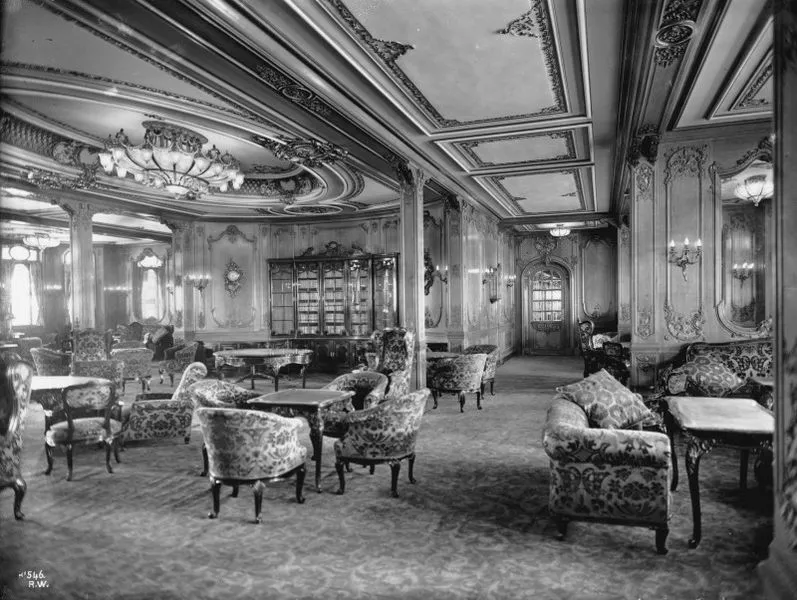
When the Titanic was ready, it was towed to the shore by 20 of the strongest horses and covered with 22 tons of soap and animal fat to lubricate its passage.
This was impressive!
But the inner workings of the ship were less impressive. Some of the staff members were not trained. Furthermore there were issues of sub-standard materials and a fire that was burning in one of the coal bins, reveals that what was
visible was more impressive than what was not seen.
3. Always plan for worst-case scenarios.
Albert Einstein said, “Assumptions are made and most assumptions are wrong.” There were plenty of wrong assumptions made by the builders and operators of the Titanic. One of the biggest assumptions was that it was invincible.
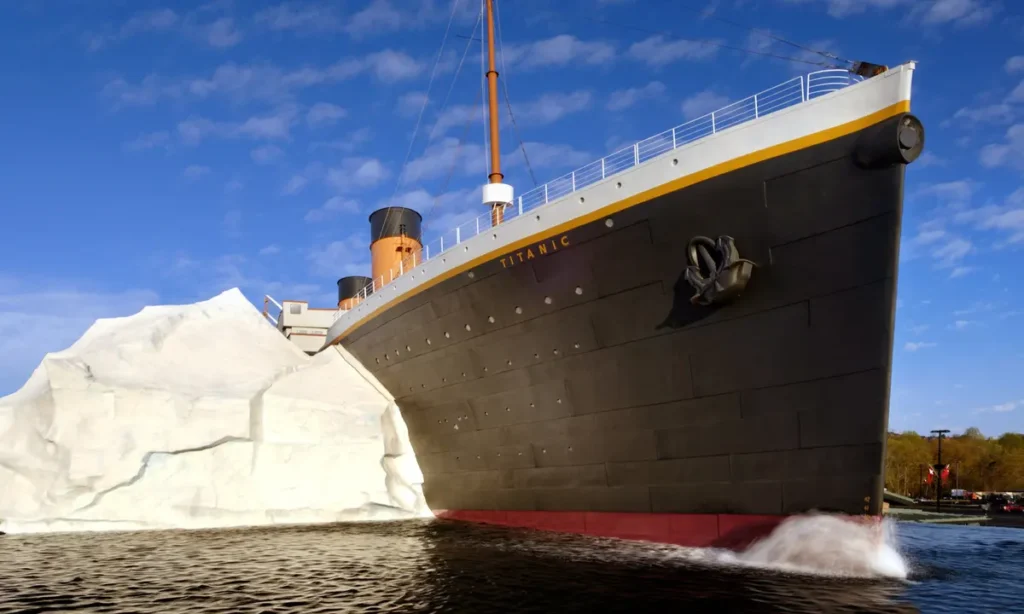
This, along with the belief that if something happened other ships would be nearby and there would be plenty of time to help the passengers, resulted in the ship only carrying 20 rescue boats. Not enough leaders plan for a variety of scenarios including Black Swan events – those events that are unexpected and can result in extreme and devastating consequences.
4. Innocent errors can be too fetal .
Approximately 3,000,000 rivets were holding the Titanic together. And there is a belief that the builder of the ship used some rivets that contained excess amounts of slag, which made the rivets weaker and more brittle in the cold water of the North Atlantic.
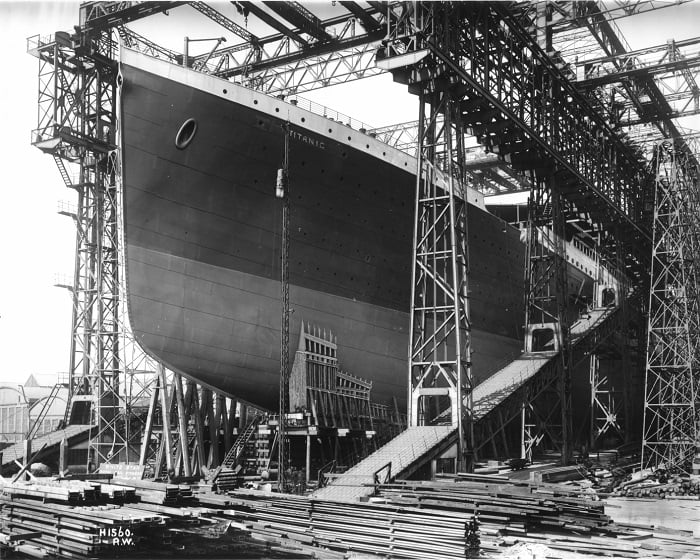
When the ship scraped along the iceberg, these weakened rivets began to break, allowing water to flood in. All of us as leaders can learn from this – failing to pay attention to the small things in our organizations, our products or services, and our personal lives can lead to catastrophic failure.
5. Trying to impress others can result in unintended outcomes.
There was a lot of press surrounding the building of the Titanic. The biggest ship. An impressive list of wealthy passengers. The most experienced captain. A desire to impress others by getting the ship to New York ahead of schedule.
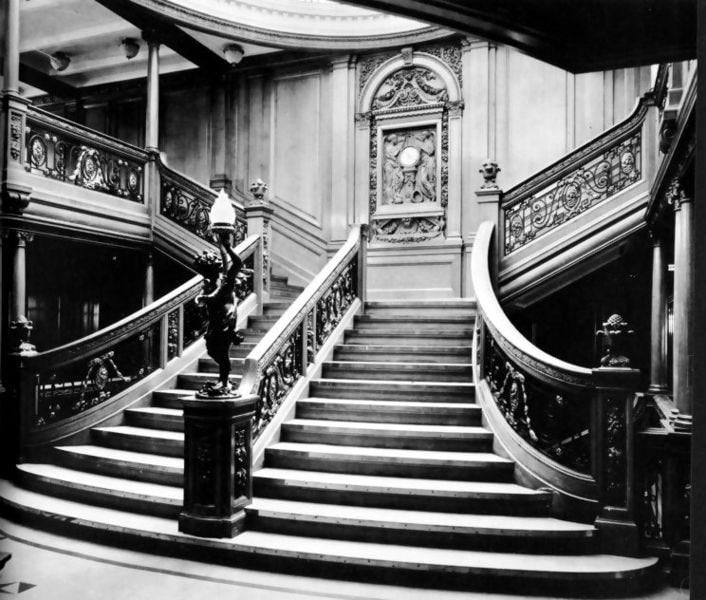
However, striving to live up to expectations and believing the impressive things that are being said about us or our organization can lead us to make unwise decisions. When leaders unnecessary strive too hard to impress, they too can end up unexpectedly on the floor.
6 . Beware! There may be icebergs ahead in the life
There’s something in that song ‘There may be trouble ahead’ although when it comes to Titanic while it seems there was music on deck, there was apparently no moonlight, which of course contributed to the difficulties in seeing the trouble.

But this is not a call to pessimism, rather to realism, or as the song puts it ‘to face the music and dance’. Whether you think of yourself as an individual passenger, as a member of a particular class or community or as part of society in general, you can be sure there are bergs ahead. You may already sense them, perhaps you’ve already been warned about them (Titanic had 6 ice warnings), but unless you watch out for them, take notice and take appropriate action in good time, you could be doomed. Have you got a good lookout or are you fast asleep in steerage?
7- Safety First
It became evident that there were only 16 lifeboats on the Titanic, capable of accommodating only 1178 people, while the total number of passengers was 2224. The disaster revealed that the Titanic did not have enough lifeboats on board and the crew failed to properly interpret ice warnings.
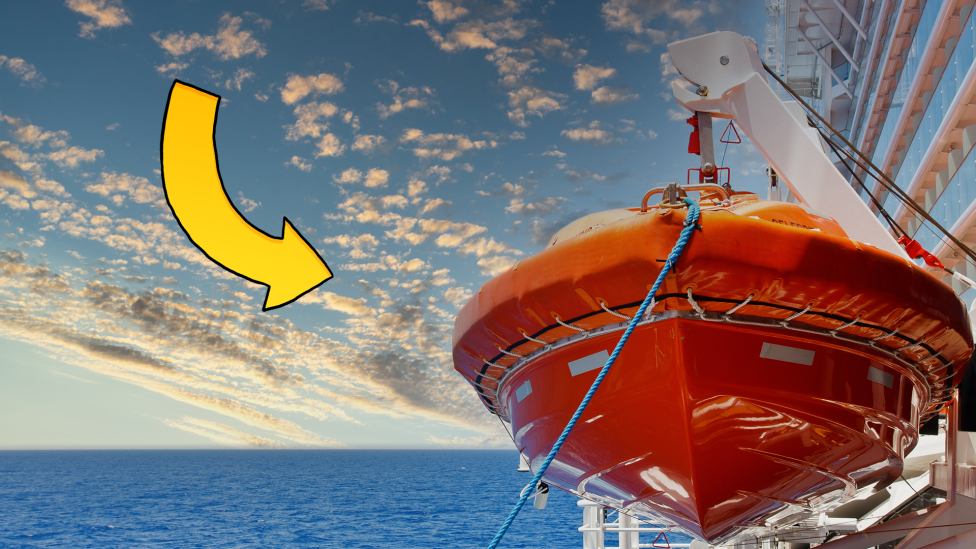
These lapses in safety regulations ultimately led to the loss of many lives. Today, strict safety regulations and protocols are in place for the maritime industry, and ships must have enough lifeboats for all passengers and crew.
Additionally, using radar and other technology has improved the ability to detect and avoid hazards such as ice.This served as a powerful reminder of the importance of safety regulations, the impact of human error, emergency management, the dangers of overconfidence, and the role of media in shaping historical memory.


